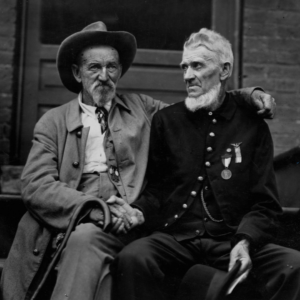
The 1913 Gettysburg Reunion was an event held to commemorate the 50th anniversary of its namesake battle. The engagement, considered the turning point of the American Civil War, involved 93,921 Union troops and 71,669 Confederates, and came about as a result of Gen. Robert E. Lee hoping to secure a win north of the Mason-Dixon Line.
However, such a victory wasn’t meant to be, with the Union Army defeating Lee’s men in the bloodiest battle of the conflict. Some 50 years later, veterans who served on both sides converged on the battlefield to metaphorically – and literally – bury the hatchet.
July 1, 1863 – The Battle of Gettysburg begins
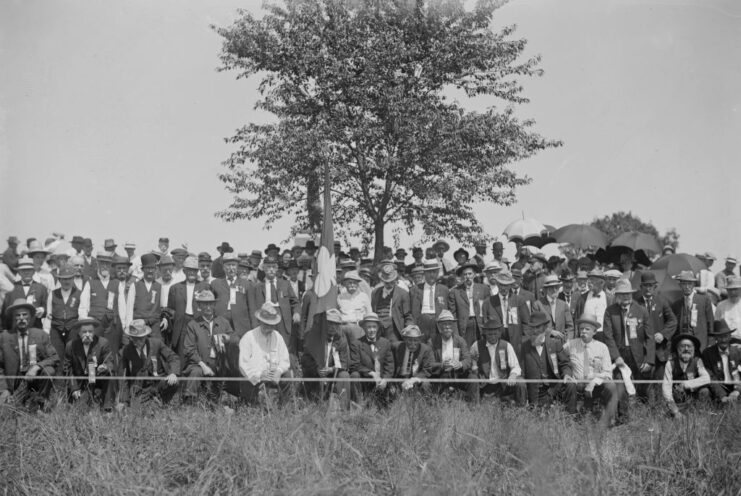
Photo Credit: HUM Images / Universal Images Group / Getty Images
The Battle of Gettysburg began early on July 1, 1863, with a confrontation between Union cavalry soldiers and a Confederate division. Reinforcements were called on both sides, with the outnumbered Union forces being pushed back to Cemetery Hill.
July 2, 1863 – Wrapping around the Union position
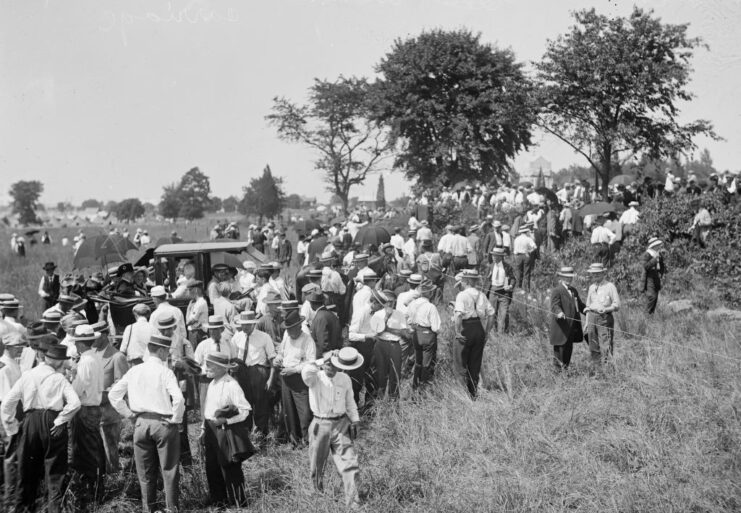
Photo Credit: HUM Images / Universal Images Group / Getty Images
The second day of fighting saw the Union forces become surrounded by the Confederates. Gen. Robert E. Lee ordered a heavy assault against more vulnerable positions, with fighting taking place in the likes of the Devil’s Den. While the Confederates did gain some ground, the day ended in a virtual stalemate between the two sides.
July 3, 1863 – Pickett’s Charge
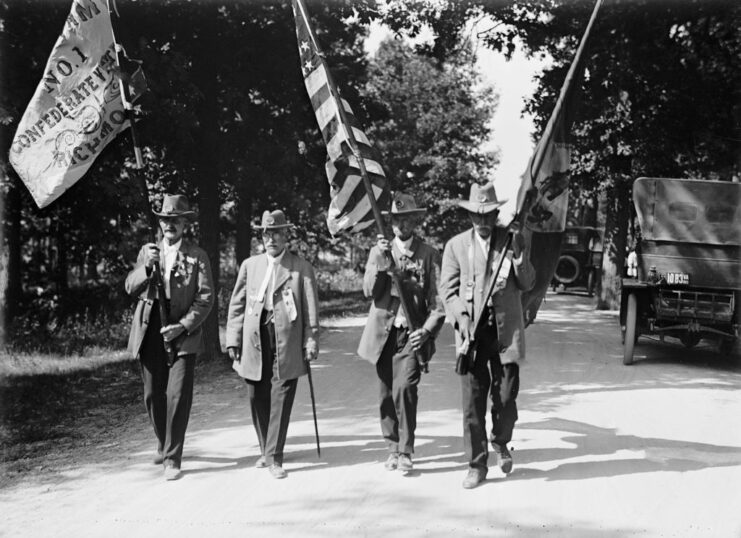
Photo Credit: Heritage Art / Heritage Images / Getty Images
The final day of the Battle of Gettysburg saw Gen. Robert E. Lee attempt to capitalize on the perceived gains the Confederates had achieved on July 2, 1863. While smaller skirmishes occurred to the east and south, a group of 12,500 cavalry soldiers charged into the center of the Union Line, in what became known as Pickett’s Charge.
The majority of the soldiers involved in this assault, named for Brig. Gen. George E. Pickett, were assigned to the Virginia Infantry Division. Most were mowed down by Union fire.
A hard-fought Union victory
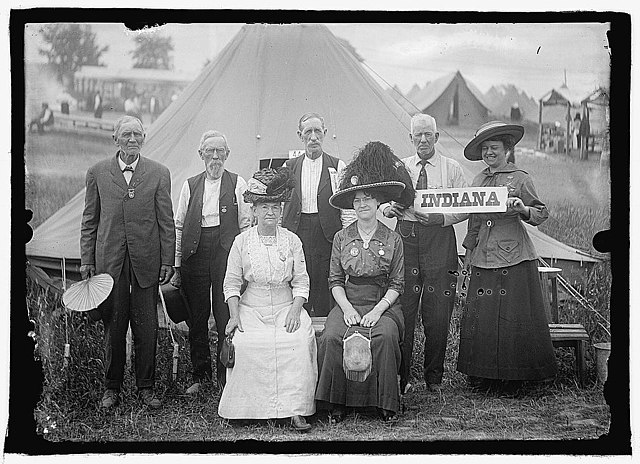
Photo Credit: National Photo Company Collection / Wikimedia Commons / Public Domain
After three days of intense and bloody fighting, the Battle of Gettysburg ended in a Union victory. Far from the win Gen. Robert E. Lee had hoped, it saw him take what remained of his troops and head south toward the Potomac. While the Union forces had the chance to go after them, this didn’t happen, and the war continued to rage on for another two years.
Bloodiest battle of the American Civil War
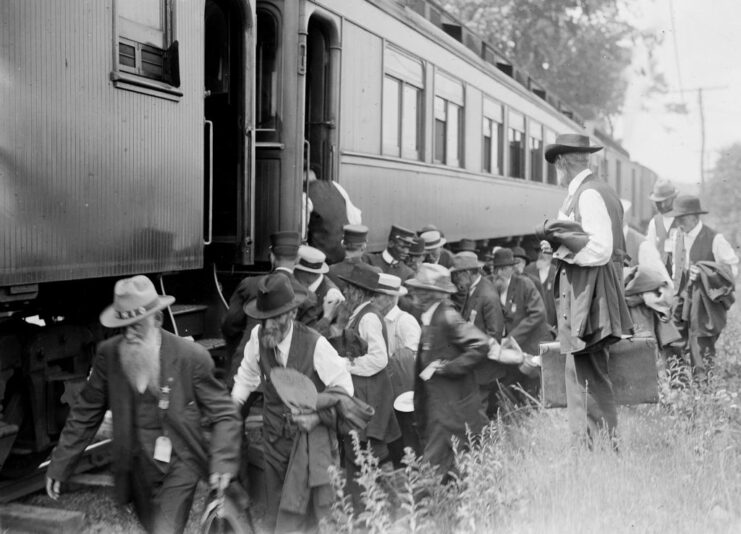
Photo Credit: HUM Images / Universal Images Group / Getty Images
With around 51,000 casualties – 23,049 on the Union side and 28,063 suffered by the Confederates – the Battle of Gettysburg was the single bloodiest engagement of the American Civil War. Pickett’s Charge, alone, saw a casualty rate of 60 percent.
Planning the 1913 Gettysburg Reunion
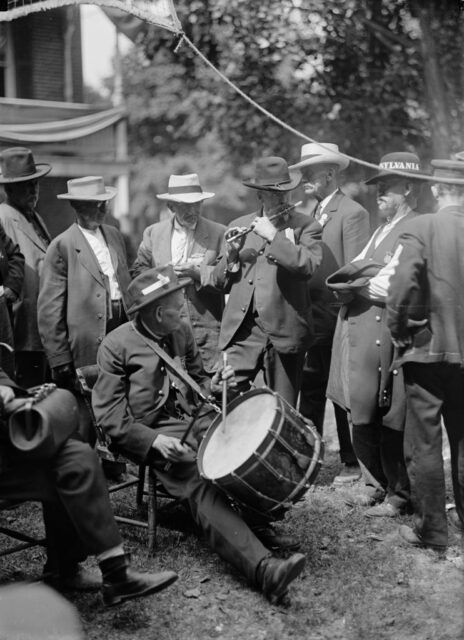
Photo Credit: Heritage Art / Heritage Images / Getty Images
The idea for the 1913 Gettysburg Reunion originated five years prior, when Gen. Harry S. Huidekoper suggested to Pennsylvania Gov. Edwin Sydney Stuart that a big event be put on to commemorate the upcoming 50th anniversary of the battle. Stuart liked the idea and over the course of the next year worked to make it a reality, leading to the establishment of the Fiftieth Anniversary of the Battle of Gettysburg Commission.
Before long, work was underway to prepare the town of 4,400 for the reunion.
Making the 1913 Gettysburg Reunion an event to remember
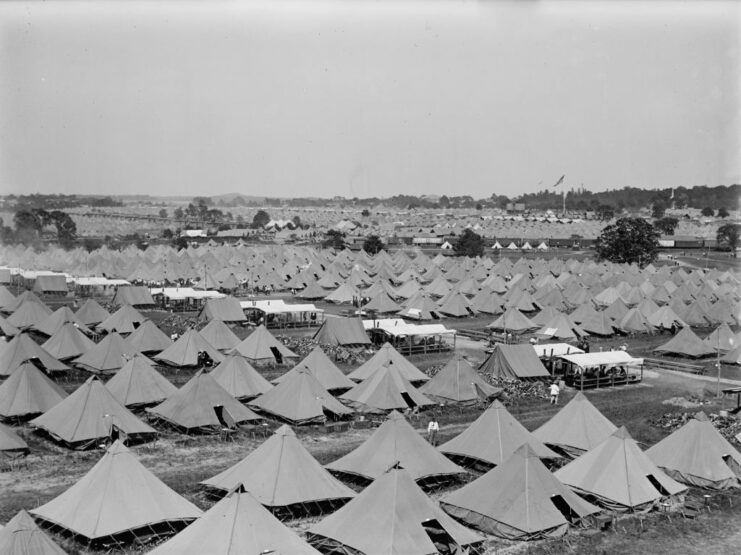
Photo Credit: Heritage Art / Heritage Images / Getty Images
Given it would be commemorating the 50th anniversary of the Battle of Gettysburg, the organizers were determined to make the reunion as special as possible. Everything that would be needed for the event – trains, fences, tablets, etc. – was painted.
On top of this, commemorative items were created. This included a medal, three Pennsylvania badges and a souvenir program that featured poems written by Jack “Captain Jack” Crawford, a storyteller and veteran who’d immigrated to the United States from Ireland.
Establishing the ‘Great Camp’ for the 1913 Gettysburg Reunion

Photo Credit: Gettysburg Battlefield Commission / Wikimedia Commons / No Restrictions
The primary site at which the 1913 Gettysburg Reunion occurred was known as the “Great Camp.” It included tents the veterans would be housed in and several support facilities, such as 90 Pennsylvania Health Department latrines, a temporary US post office, two Comfort Houses with water fountains and an emergency station. A temporary morgue was even erected, given the age of those who’d be attending.
Attached to the Great Camp was a battery of the Third US Field Artillery and companies of the Regular Infantry, and the site was staffed with a whopping 57,198 personnel, consisting of soldiers, Boy Scouts and mess workers.
How many veterans attended the 1913 Gettysburg Reunion?
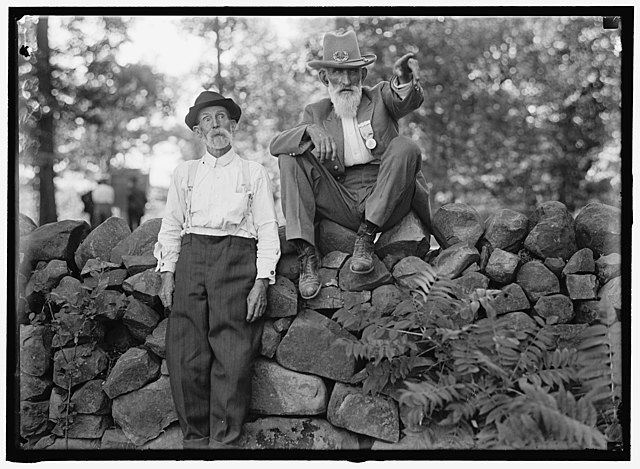
Photo Credit: Harris & Ewing / Wikimedia Commons / Public Domain
The 1913 Gettysburg Reunion was a jam-packed event, with 53,407 veterans from 46 states converging on the small Pennsylvania town. It was the largest-ever American Civil War reunion and overwhelmed the amenities that had been established at the Great Camp, with many reporting food and tent shortages.
As many of the veterans couldn’t afford the trip themselves, they relied on donations.
July 1 and 2, 1913 – Veterans’ Day and Military Day
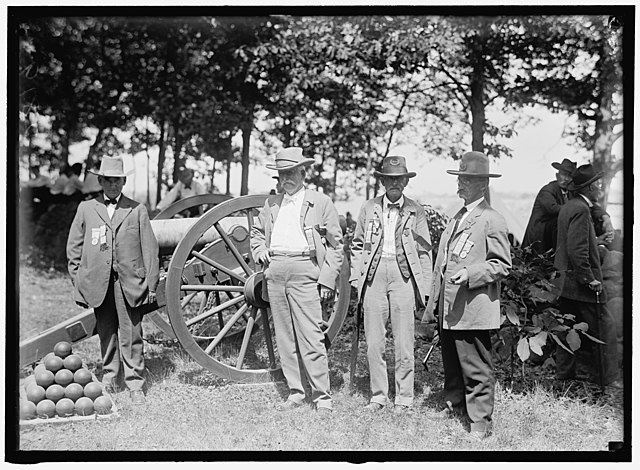
Photo Credit: Harris & Ewing / Wikimedia Commons / Public Domain
The first two days of the 1913 Gettysburg Reunion – Veterans’ Day and Military Day – were less eventful than the final two.
July 1 saw a speech from John Wanamaker, the former US Postmaster General, while the second day involved a review of the Virginia Division, a reading of Abraham Lincoln‘s Gettysburg Address and a speech by a US military officer, who talked about establishing a heavier military presence in Europe.
July 3, 1913 – Civic/Governors’ Day
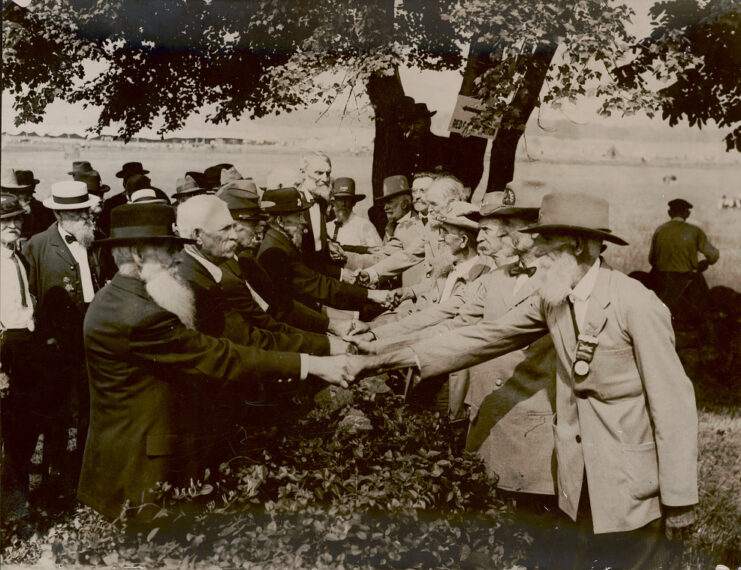
Photo Credit: International News Service / Library of Congress / Wikimedia Commons / Public Domain
The third day of the 1913 Gettysburg Reunion, known as “Civic/Governors’ Day,” was dedicated to reuniting veterans with the comrades whom they fought beside. It’s reported that 65 unit reunions occurred that day.
Other notable events that happened were the dedication of the Gen. William Wells statue, who received the Medal of Honor for his efforts during the Battle of Gettysburg, and a flag ceremony on the hour of Pickett’s Charge.
July 4, 1913 – National Day
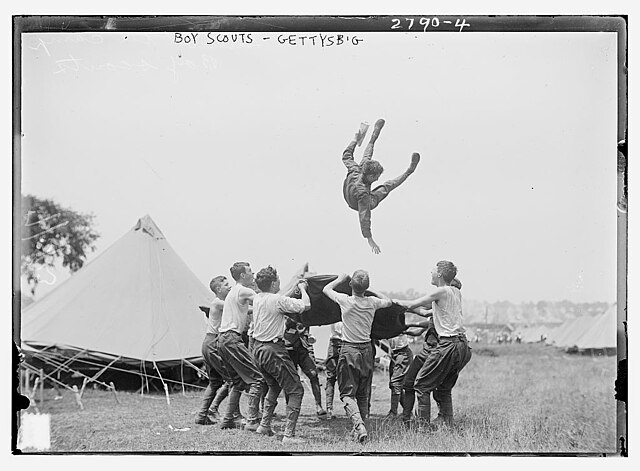
Photo Credit: George Grantham Bain Collection / Library of Congress / Wikimedia Commons / Public Domain
The 1913 Gettysburg Reunion ended with what had been dubbed “National Day.” Along with a speech from President Woodrow Wilson, who spoke about national unity, the day included a five-minute moment of silence for those who’d died during the battle and after and the dedication of the Pennsylvania State Memorial.
The largest state monument at the Gettysburg battlefield, the memorial was erected in honor of the over 34,000 Pennsylvania soldiers who fought during the battle in July 1863.
